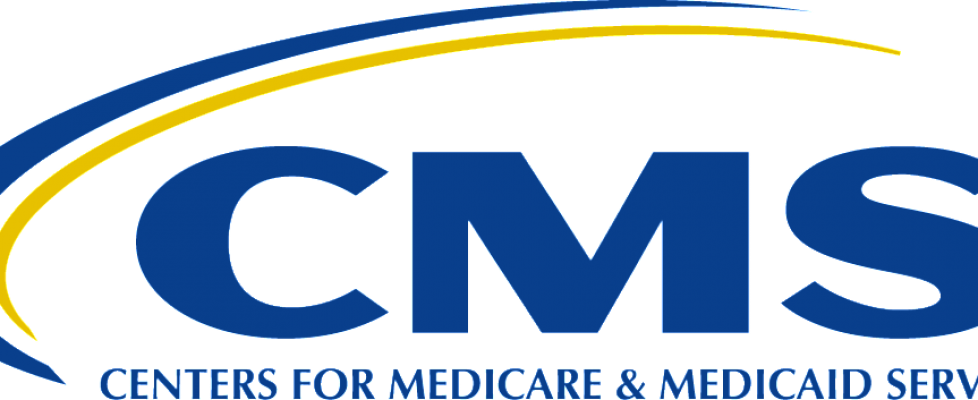CMS Issues COVID-19 Prevention Guidance for Hospices
The U.S. Centers for Health & Human Services (CMS) has issued guidelines for protecting health care workers who operate in the home and community from COVID-19, including hospice providers.
The CMS materials contain guidance for screening for and treatment of the virus in addition to when patients should be transitioned to higher acuity care. The agency recommended that hospices identify high-risk individuals prior to making home visits or on arrival and immediately screen for symptoms that could indicate a COVID-19 or other respiratory infection, particularly for patients who had close contact with a person who had traveled to restricted countries, such as China, within the previous 14 days, or who had contact with a person known or suspected to have been exposed to the virus.
“CMS is laser focused on protecting patients, no matter where or they are receiving care,” said CMS Administrator Seema Verma. “We are receiving up-to-the minute information about COVID-19 and are in turn, making necessary updates to our requirements and sharing that information with our providers throughout the health care system. America’s patients and providers should rest secure knowing that we are taking aggressive precautions to safeguard your health.”
Most hospice patients are older than 65 and are among the demographics that are most vulnerable to the disease, according to the U.S. Centers for Disease Control & Prevention (CDC).
To date, 423 people in the United States have acquired the virus, resulting in 19 deaths. Health officials have identified cases in 35 states, including the District of Columbia.
Previously CMS had issued Frequently Asked Questions regarding the virus, including instruction on how to bill the agency for testing and treatment of COVID-19 in the home and other health care settings.
“Medicare pays for evaluation and management and other services furnished in a beneficiary’s home by a physician or nurse practitioner,” the agency indicated. “Additionally, Medicare makes payment for a number of non-face-to-face services that can be used to assess and manage a beneficiary’s conditions. These include: care management services, remote patient monitoring services, and communication technology based services.”

